Finding the Perfect Dog for Your Golden Years: A Practical Guide
I’ve been in the world of dogs for a long, long time. I’ve seen it all, from hyper puppies to sweet old timers in shelters. But honestly, some of my favorite moments have been helping seniors find the right four-legged partner. I’ll never forget one client, a gentleman whose house had gone quiet after his wife passed away. The silence was just too much. He knew a dog would help, but the “what ifs” were piling up. Was he up for the energy? What about the cost on a fixed income?
In this article
We didn’t just look at cute pictures online. We talked about his daily life, his energy levels (the good days and the bad), and what he was really hoping for. We ended up finding him a calm, seven-year-old poodle mix from a local rescue, and that dog didn’t just fill the silence—he brought laughter and purpose back into that home. That whole experience drove home a lesson I share with everyone: finding a dog in your later years isn’t about the “best” breed. It’s about finding the right individual soul for your unique life.
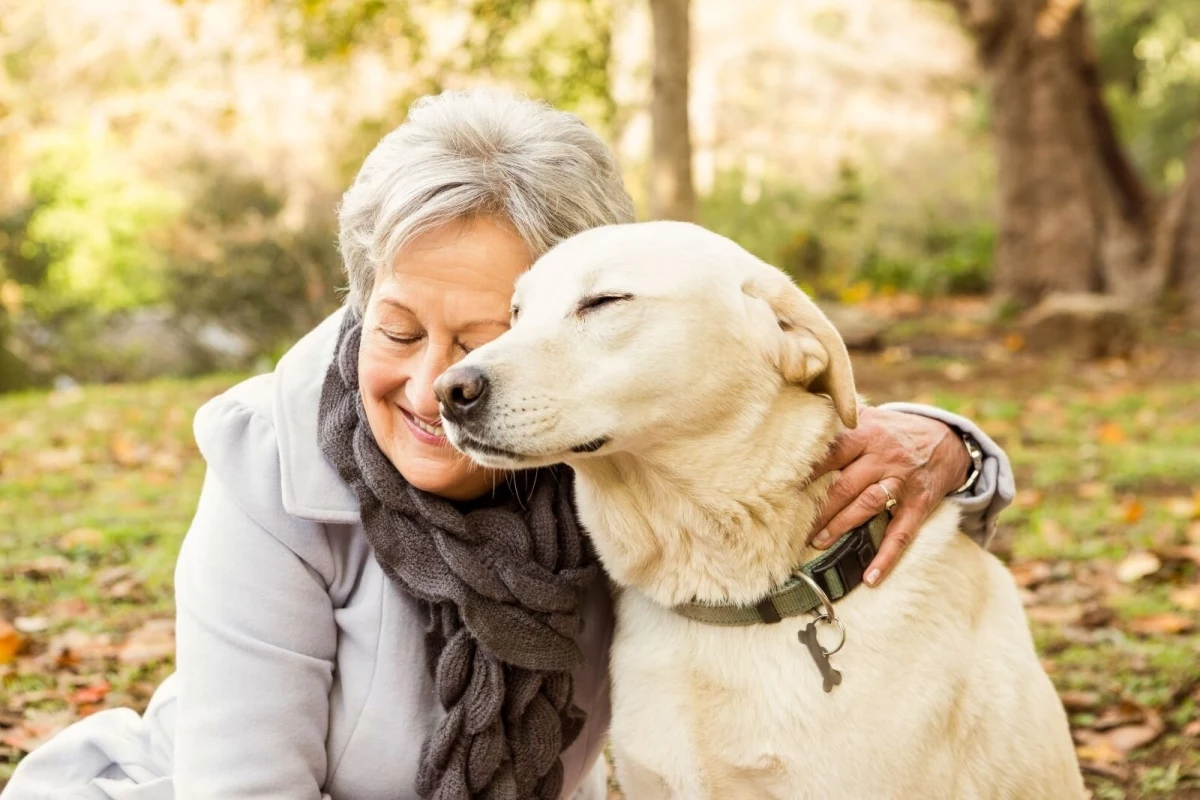
A dog can be an incredible source of comfort, offering unconditional love and a great reason to get a little fresh air. The benefits are huge, mentally and physically. But it all starts with a dose of honest self-reflection. That high-octane retriever you adored in your younger days might not be the right fit for a quieter, more relaxed lifestyle now. So, let’s walk through the important questions to ask before you start your search.
First Things First: An Honest Chat With Yourself
Before you even peek at a furry face online, it’s time to get real about your own situation. A little honesty now prevents a lot of heartache later for both you and your future pup. I always encourage people to think through these key areas.
Your Energy and Physical Ability
This is where total honesty is non-negotiable. A dog requires daily care that involves bending, lifting, and walking. Can you comfortably bend over to fill food and water bowls a couple of times a day? And here’s a very practical question to ask yourself: What is the maximum weight you can comfortably lift into a car without hurting your back? Be honest. That’s your dog’s weight limit right there.
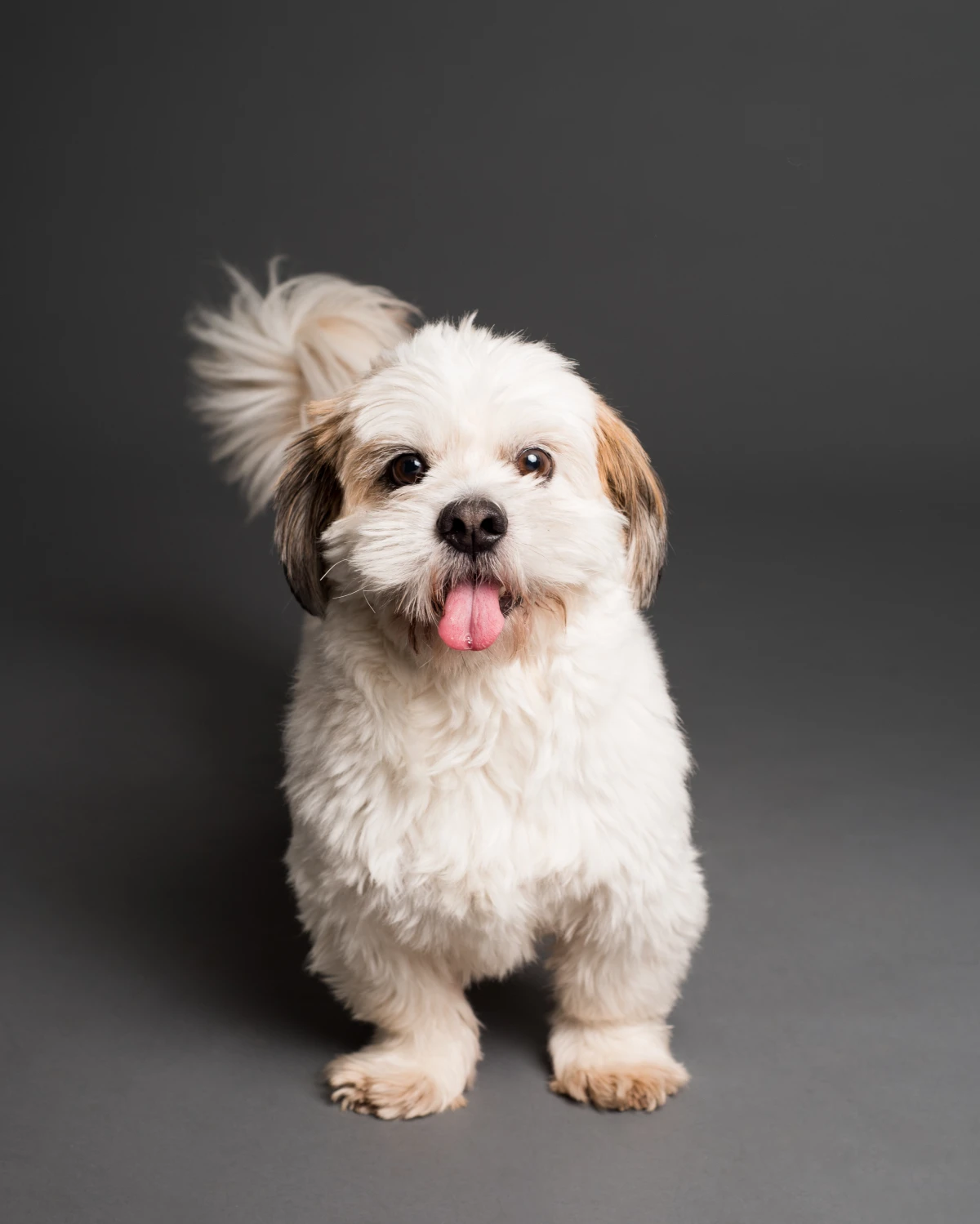
Then there’s exercise. Even a “low-energy” dog needs at least two short walks a day, maybe 15-20 minutes each, for potty breaks and a change of scenery. Think about your local climate—can you handle those walks on a blazing hot day or a slick, icy sidewalk? A dog’s needs don’t take a day off for bad weather.
Heads up! What about a Plan B? We all have days when we’re feeling under the weather or the forecast is just awful. It’s smart to have a backup plan for exercise. This could be a set of indoor puzzle toys or a snuffle mat to work their brain. A five-minute indoor training session practicing “sit” and “stay” can also burn mental energy. And don’t be afraid to have the number of a local, bonded dog walker on hand for those days you just can’t manage a walk.
Your Home and Living Space
Your home is a huge factor. Living in a fifth-floor walk-up presents different challenges than a single-story home with a fenced yard, especially for a dog that needs frequent potty breaks. A yard is a fantastic bonus for a quick late-night out, but it’s no substitute for a real walk. The world is full of exciting smells, and your dog wants to go read the “pee-mail” left by other neighborhood dogs.
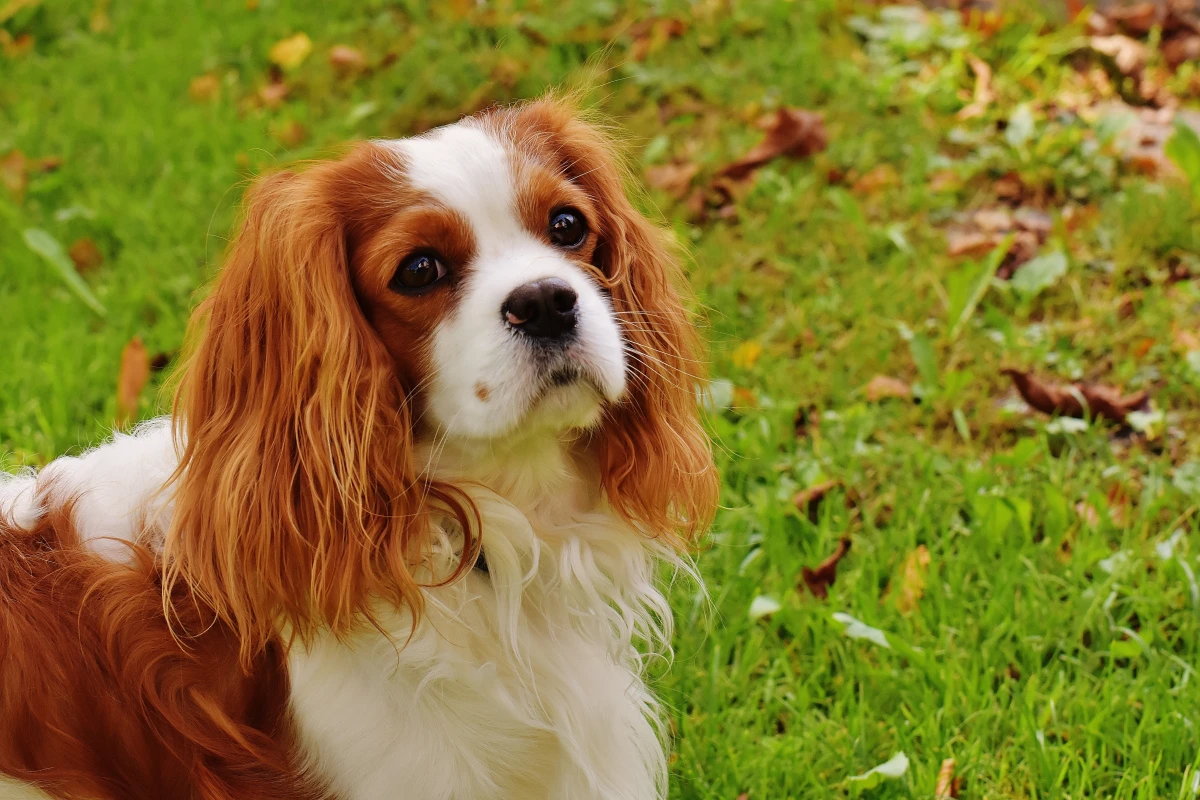
Oh yeah, and you’ll need to do a little dog-proofing. Here’s a quick checklist to get you started:
- Secure Cords: Tape down or cover any loose electrical cords to prevent chewing or tripping.
- Check Your Plants: Make sure your houseplants aren’t toxic to dogs. A quick online search can clear that up.
- Rug Safety: Get rid of or secure loose area rugs—they’re a trip hazard for both of you.
- Safe Space: Set up a designated spot for the dog’s bed and water. It gives them a place to retreat and feel secure.
- Non-Slip Bowls: Bowls that slide around are frustrating for a dog and can be a slipping hazard for you. A rubber-bottomed bowl or a mat can make a big difference.
The Financial Side of Things
Let’s talk money, because it’s a topic I never skip with potential adopters. Being financially prepared means you’ll never have to choose between your budget and your dog’s well-being.
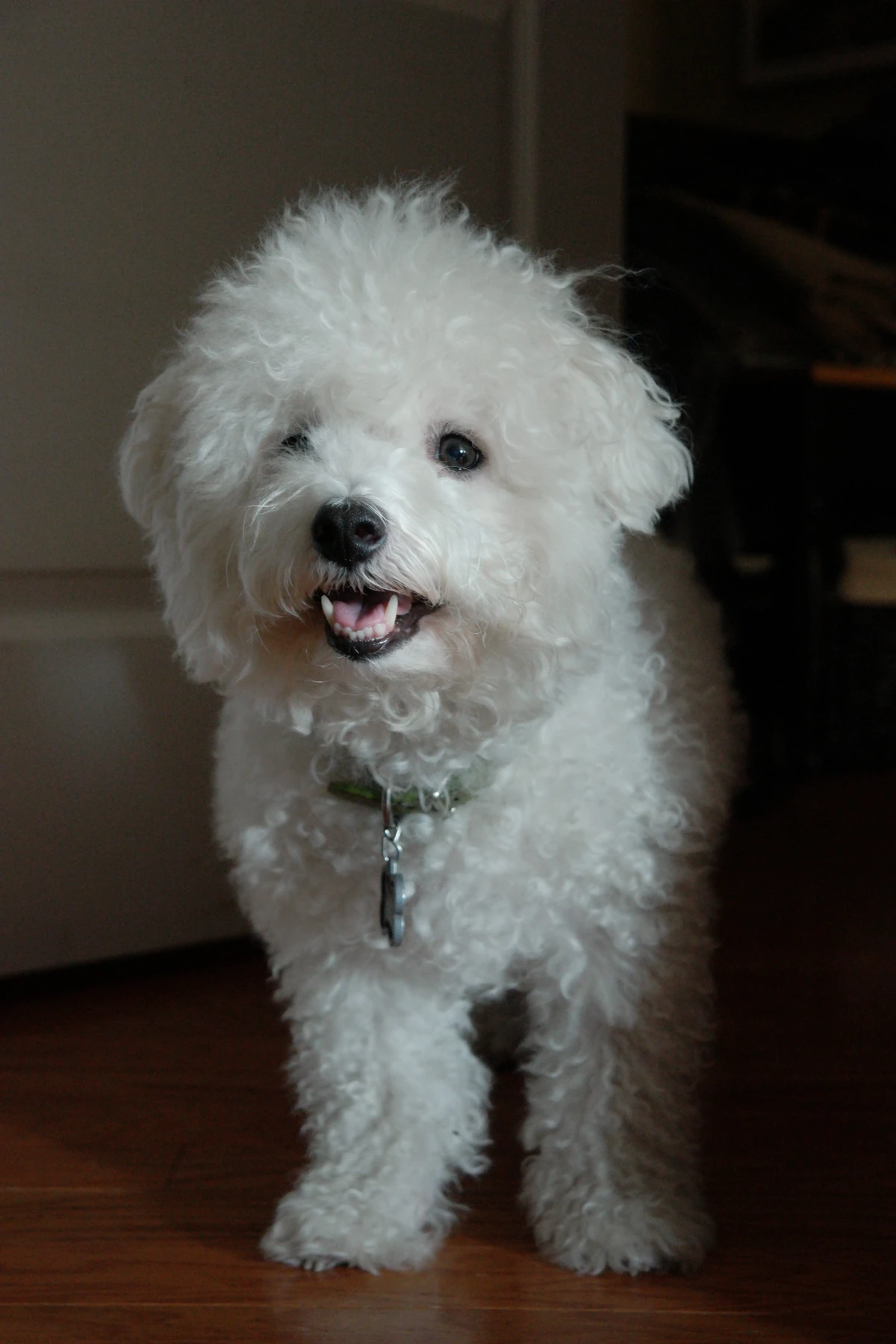
First, there are the initial costs. Adoption fees typically run from $100 to $500, but this usually covers spaying/neutering and initial shots, which is a great value. Then you’ll need supplies like a bed, bowls, a collar, and a leash, which can easily add another $150 to $300.
Ongoing costs include food, which can be anywhere from $40 to $80 a month, depending on the dog’s size. Annual vet check-ups with vaccinations and parasite prevention will likely be in the $300 to $600 range. And if you choose a breed with a high-maintenance coat, professional grooming can add $60 to $100 every 6-8 weeks.
But the most important thing is the emergency fund. A sudden illness or accident can run from $1,000 to $5,000 or more. This is why I strongly recommend looking into pet insurance. For most of the smaller breeds we’ll talk about, you can find a good plan for somewhere between $30 and $70 a month. Think of it as a safety net—it’s not optional, it’s essential peace of mind.
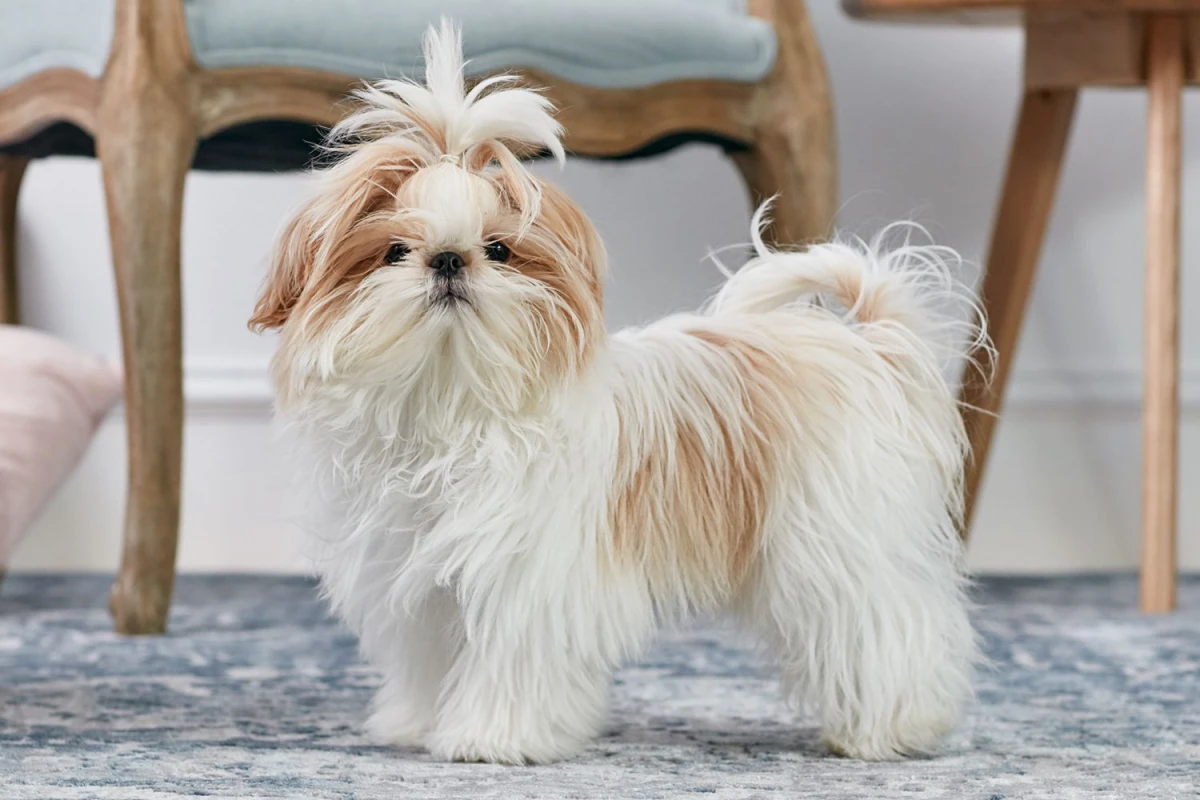
Puppy Energy vs. Adult Calm
The thought of a fluffy puppy is tempting, but the reality is 24/7 work. They need constant supervision, housetraining, and socialization. Adopting an adult dog, on the other hand, means you’re skipping the dreaded “piranha puppy” phase of sharp teeth and endless chewing!
With an adult dog (typically 2 years and up), what you see is what you get. Their personality, size, and energy level are already set. Many are already housetrained and know basic commands. And adopting a senior dog (7+ years) can be one of the most rewarding experiences ever. These dogs are often just looking for a soft bed and a loving lap to spend their golden years on.
A Quick Tip on Rescues: Finding a good rescue or shelter is key. Here are some green flags and red flags:
- Green Flags: They ask you lots of questions about your life, they offer post-adoption support, they have a clear return policy (in case it’s not a good fit), and they are transparent about the dog’s history and health.
- Red Flags: They seem desperate to push a specific dog on you, they don’t ask many questions, there’s no home visit or virtual tour, or they have no policy for returning the dog. Trust your gut!
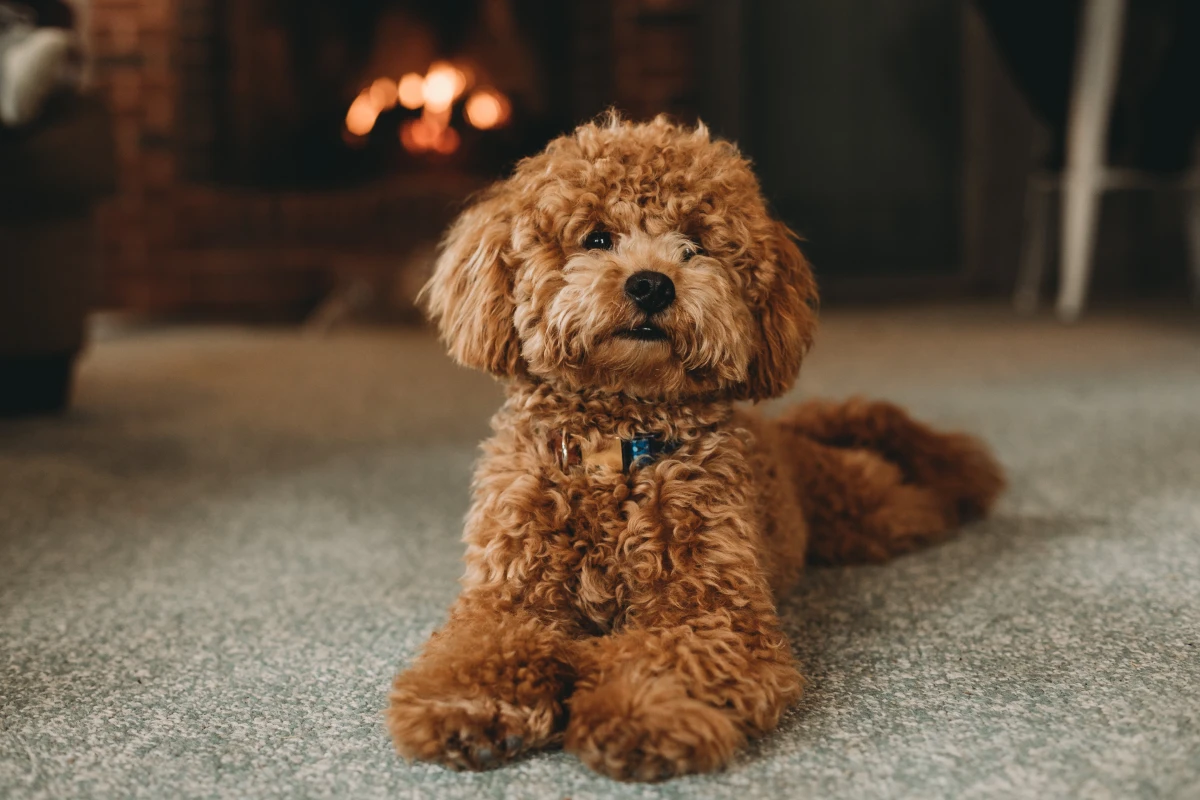
Great Dog Breeds for a Senior Lifestyle
Okay, now that you’ve done your homework, let’s look at some breeds that often tick the right boxes. Remember, every dog is an individual, but these are some general tendencies I’ve seen over the years.
Cavalier King Charles Spaniel: The Professional Cuddler
These dogs were literally bred for centuries to be the perfect lap-warming companion, and they are experts at their job. They are incredibly sweet, gentle, and just want to be with their person. They are your little shadow. Energy-wise, they are very low-key; a 20-minute daily walk is plenty. At under 20 pounds, they’re easy to manage. Grooming is moderate—they need a good brushing a few times a week to prevent mats. The big heads-up: Cavaliers are prone to some serious genetic health issues, especially a heart condition called MVD. Pet insurance is practically a must for this breed, so be prepared for that ongoing cost.
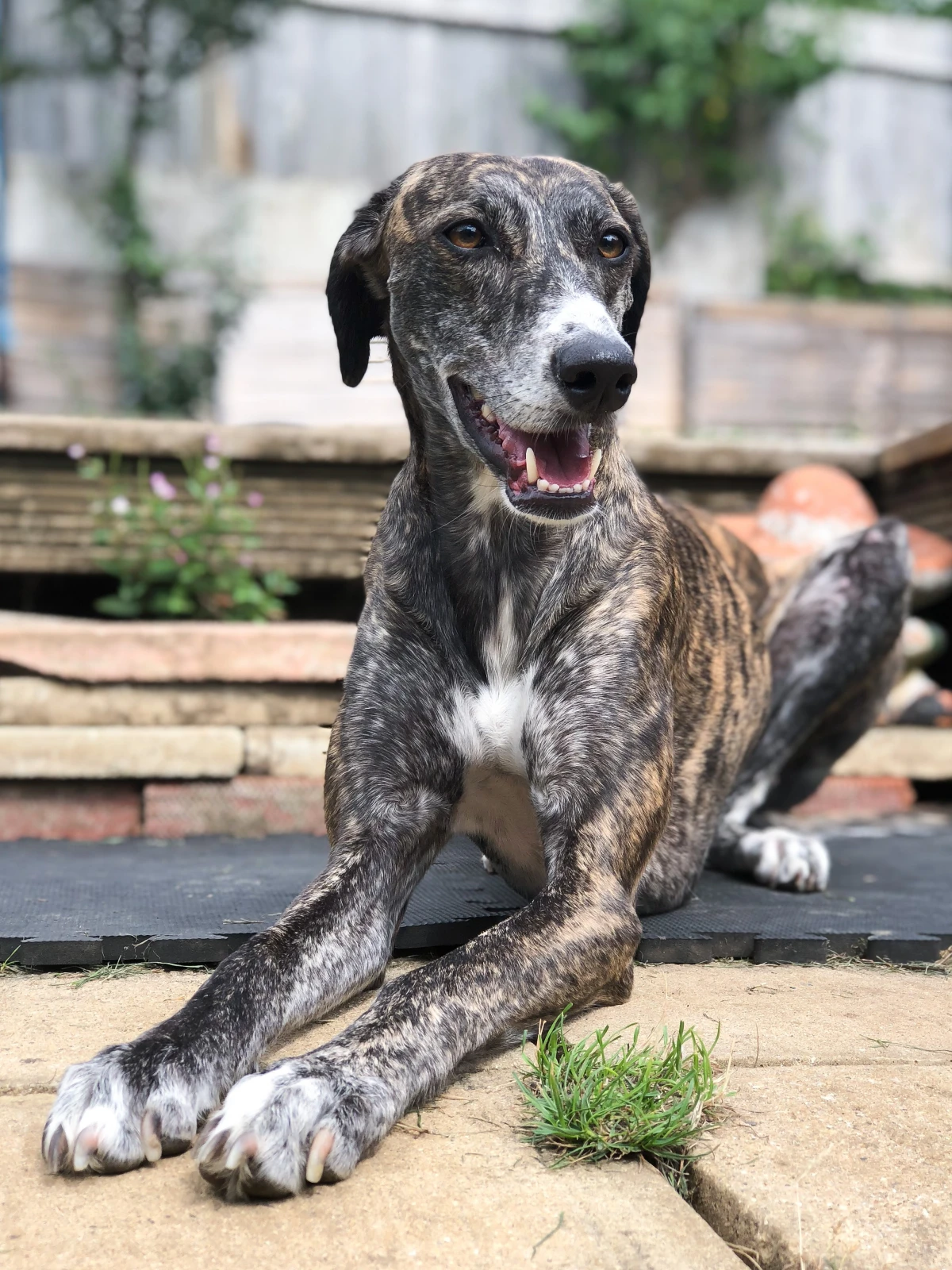
Poodle (Miniature or Toy): The Brainy Companion
Don’t let the fancy haircuts fool you; Poodles are exceptionally smart and sensitive dogs. We’re talking about the Miniature or Toy sizes here—a Standard Poodle is a much bigger, higher-energy animal. They are people-pleasers and are a joy to train. Their energy is moderate; they need a couple of brisk 20-minute walks or play sessions a day. The big heads-up: Grooming is a serious, lifelong commitment. Their low-shedding coat needs professional clipping every 4-6 weeks, a significant recurring expense. If you’re up for the grooming, you get a wonderfully intelligent and allergy-friendly friend in a manageable size (Toys are under 10 pounds, Miniatures are 10-15 pounds).
Shih Tzu: The Charming Apartment Dweller
Shih Tzus are born charmers with playful, comical personalities. They are sturdy little dogs (usually 9-16 pounds) that are happy to be a lap dog but also enjoy a good romp in the living room. Their exercise needs are low; a short stroll around the block is perfect for their short legs. The big heads-up: Like Poodles, their coat requires high maintenance. Most owners opt for a shorter “puppy cut” from a groomer every 6-8 weeks to keep it manageable. Also, they are a short-faced breed, which can lead to some snorting and breathing issues in extreme heat, so they’re definitely indoor dogs.
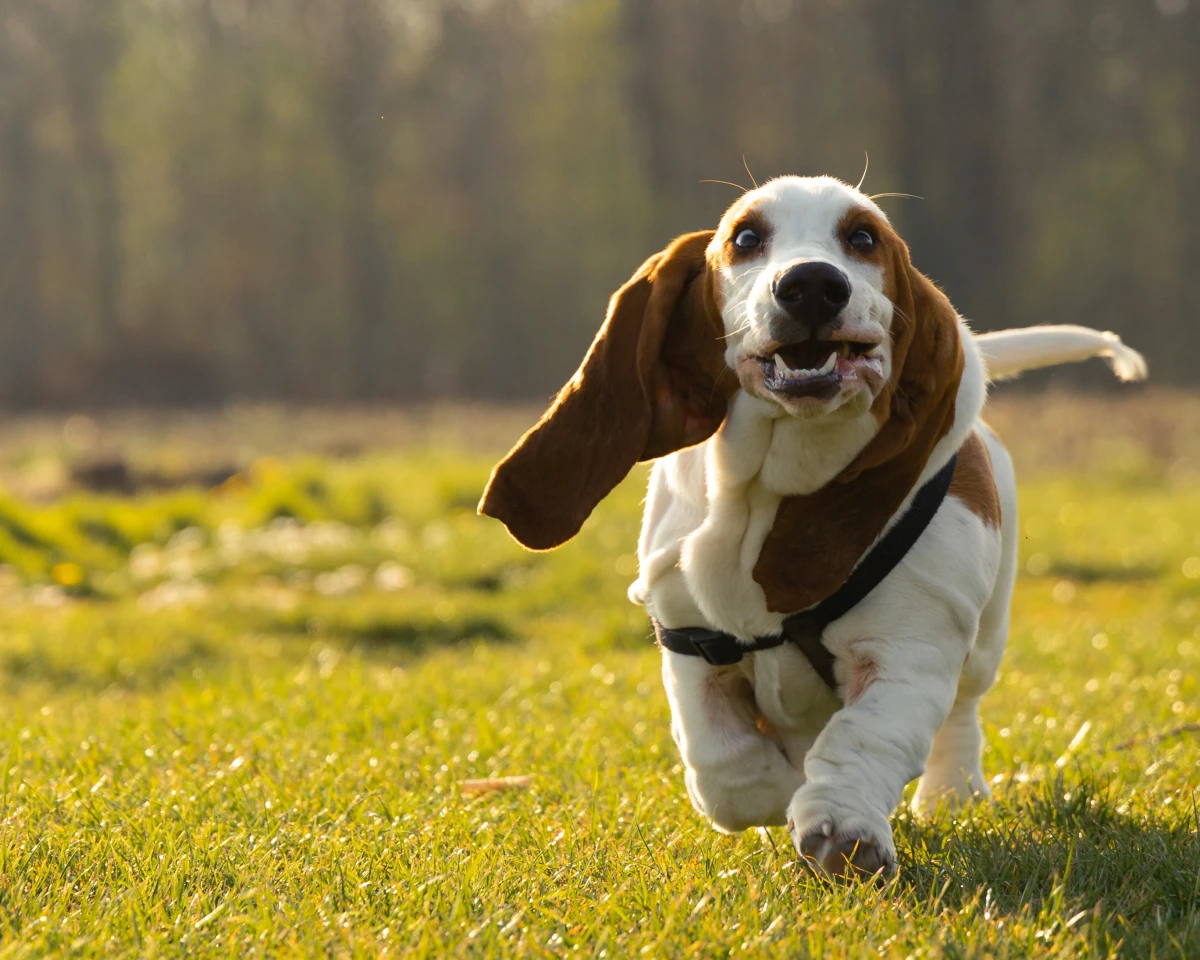
Basset Hound: The Laid-Back, Medium-Sized Friend
Looking for something a bit more substantial than a lap dog but not quite a giant? The Basset Hound might be your guy. They are famous for their easy-going, placid nature. They are low-energy dogs who are perfectly happy with a daily walk and a long nap. Their grooming is easy—a weekly brush is fine. They’re a solid, medium-sized dog, usually weighing between 40 and 65 pounds. The big heads-up: They were bred to follow scents, so their nose can get them into trouble! A fenced yard and securely leashed walks are a must. They can be stubborn to train and are known for their classic hound howl and, let’s be frank, a bit of drool.
Greyhound: The 45-MPH Couch Potato
This is the one that always surprises people. Retired racing Greyhounds are the gentle giants of the dog world. They are sweet, quiet, and surprisingly lazy. Their energy needs are low; despite their speed, they only need a couple of normal daily walks and a chance to sprint in a SECURELY fenced area a few times a week. Grooming is a breeze. The big heads-up: They must always be on a leash in unfenced areas due to their speed and prey drive. They also have thin skin that can tear easily. Adopting from a dedicated Greyhound rescue is a fantastic route, as these groups know their dogs inside and out and provide amazing support.
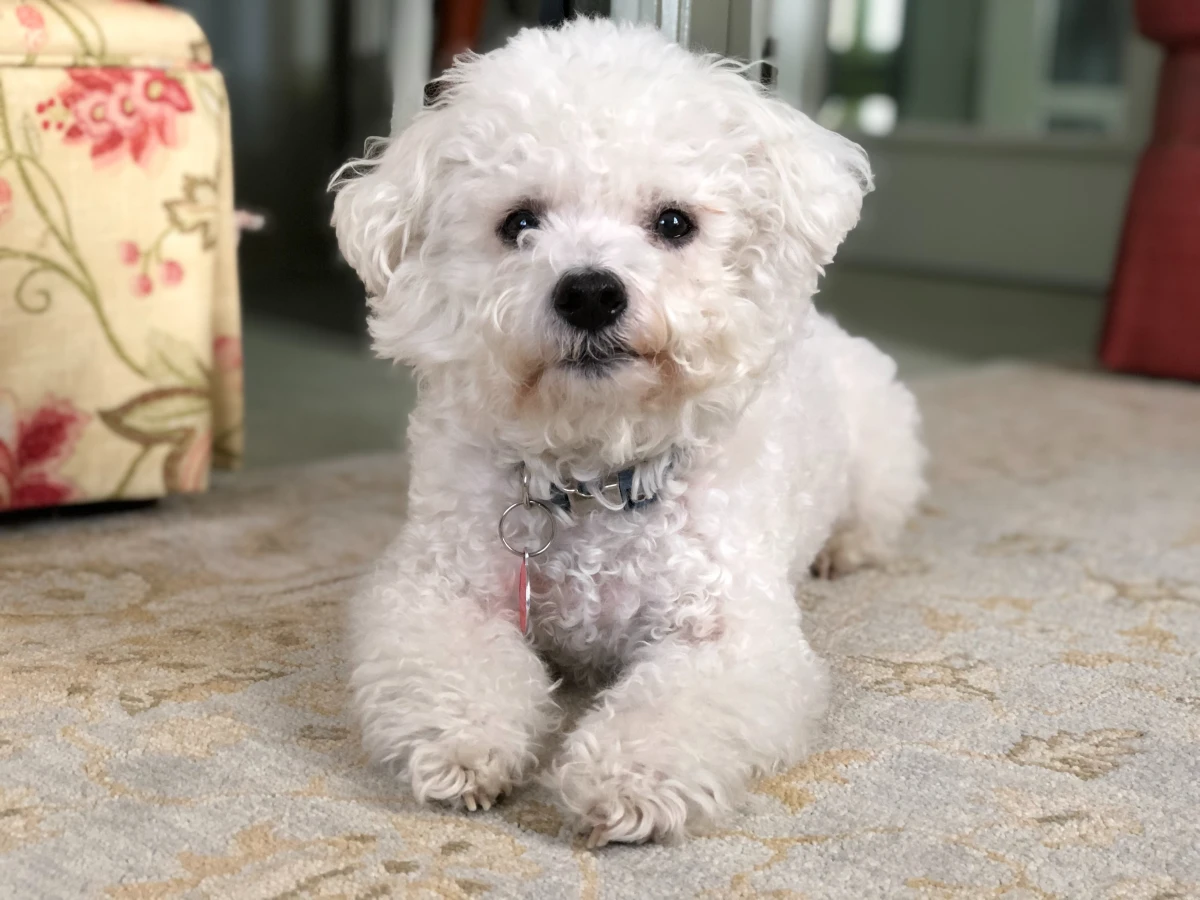
Some Breeds to Approach With Caution
Part of finding the right dog is knowing which ones are generally not a good fit. It’s not that they’re bad dogs at all; their needs are just often a mismatch for a quieter lifestyle.
- The Workaholics (Border Collies, Australian Shepherds): These herding breeds are brilliant but need a full-time job. Without hours of intense exercise and mental stimulation, they can become anxious and destructive.
- The Powerhouses (Rottweilers, German Shepherds): These are loyal and noble dogs, but their sheer strength can be a liability. An accidental pull on the leash can cause a serious fall. They also require intensive, expert training.
- Any Puppy from a “Working Line”: Even within a good breed, be mindful of the dog’s background. A Labrador bred for field trials will have way more energy than one bred for companionship. Always ask the rescue or breeder about the dog’s specific background.
Bringing Your New Friend Home
Getting ready for your new companion is an exciting time, but it comes with a few final, crucial responsibilities.
The Most Important Plan of All
This can be tough to talk about, but it’s the most loving thing you can do. You must have a clear, written-down plan for your dog’s care in case you are no longer able to provide it. Talk to your family or friends. Does someone agree to take the dog? Write it all down—your vet’s info, the dog’s diet, their favorite toys. A good rescue will often ask for this and may even require the dog to be returned to them. This is the ultimate act of responsible ownership.
Don’t Be Afraid to Ask for Help
You’re not in this alone! If you run into a behavioral issue you can’t solve, call a certified positive reinforcement trainer. Getting professional help early can make all the difference. Your vet is your partner in your dog’s health, so build a good relationship and never hesitate to call with questions.
Choosing a dog is definitely a decision of the heart, but it needs to be guided by the head. When you’re realistic about your abilities and the dog’s needs, you set the stage for a truly beautiful friendship. The right dog won’t be a burden; they’ll be a warm, loving presence, a steady heartbeat at your feet, and a wonderful new reason to greet the day.
Inspirational Gallery
What happens if I have a health emergency?
It’s a valid concern, and planning ahead brings peace of mind. Create a
According to a study published by the American Heart Association, dog ownership is associated with a 24% lower risk of all-cause mortality and is especially beneficial for those who have had a prior heart attack or stroke.
Beyond the walks, the simple act of petting a dog can lower blood pressure and release feel-good hormones like oxytocin. It’s not just companionship; it’s a genuine wellness boost, providing a daily dose of affection and purpose that profoundly impacts health.
The Hidden Gem: Adopting an Adult Dog Don’t overlook the magic of adopting a dog that’s past the puppy stage. An adult or senior dog (often 5 years or older) usually comes with their personality fully formed. What you see is what you get! Many are already house-trained and have outgrown destructive chewing habits, saving you time, stress, and the cost of replacing shoes.
- A calm, predictable temperament.
- Lower exercise needs than a puppy.
- An immense capacity for gratitude and love.
The secret? Choosing a senior dog for a senior person. Shelters often have ‘golden oldies’ who are simply looking for a quiet home to live out their days. These dogs are often the most gentle and appreciative companions you could ever hope to find. Ask a local rescue about their ‘Seniors for Seniors’ adoption programs.
Thinking about breeds? Consider grooming needs, as they can impact both your budget and physical ability.
Bichon Frise: Known for their cheerful, hypoallergenic coats, but they require professional grooming every 4-6 weeks to prevent matting, which is a significant recurring cost. Daily brushing with a slicker brush is also a must.
Greyhound: Surprisingly, these retired racers are calm “couch potatoes.” Their short, fine coat needs only a weekly wipe-down with a grooming mitt, making them an incredibly low-maintenance option.
For many, the ease and lower cost of a Greyhound’s grooming routine is a much better fit for a relaxed lifestyle.
Create a comfortable and accessible “dog station” to make daily care easier on your back and joints. Use raised food and water bowls to reduce bending. An orthopedic dog bed, like the popular memory foam models from PetFusion, provides ultimate comfort for your dog’s aging joints while being easy for you to clean.
The Cavalier King Charles Spaniel was bred for centuries with one job: to be a loving, comforting lap dog for British nobility.
This heritage makes them exceptionally suited for a quieter home. They are content with short, leisurely walks and thrive on human companionship. Unlike terriers bred for hunting, a Cavalier’s instinct is to cuddle, not to chase. They are true masters of the art of quiet companionship.
- Pet food assistance from local Meals on Wheels programs.
- Low-cost spay/neuter and vaccination clinics at humane societies.
- Financial aid for unexpected vet bills from non-profits like The Pet Fund.
A fixed income doesn’t have to be a barrier to pet ownership. Numerous resources exist to help seniors manage the costs of caring for a beloved companion.
The quiet rhythm of your day can be a perfect match for a dog’s needs. A morning stroll to get the paper becomes a shared adventure. The afternoon sunbeam in the living room is an invitation for a shared nap. Your calm presence is exactly what many dogs, especially older ones, crave. It’s not about providing constant, high-energy entertainment; it’s about offering a stable, loving presence.
Think beyond ownership: If you’re not ready for the full-time commitment, consider becoming a volunteer dog cuddler at your local animal shelter or a foster parent for a calm, older dog. Organizations like Pet Partners also train volunteers and their well-behaved dogs to visit hospitals and nursing homes, bringing joy to others. It’s a wonderful way to get your “dog fix” while making a huge difference.










